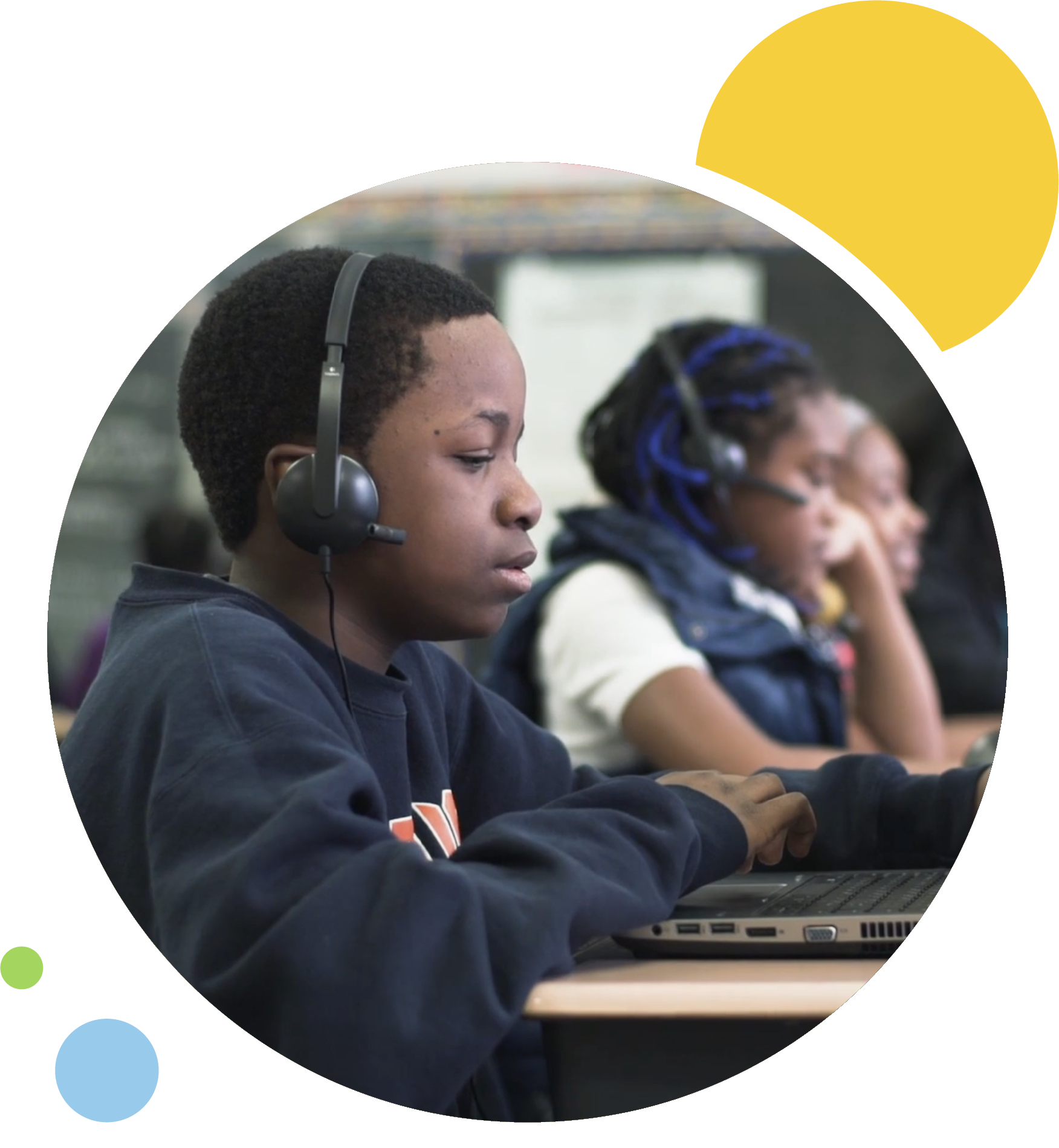Syracuse City School District, NY
Located in upstate New York, the Syracuse City School District (SCSD) is an urban school district that serves over 20,000 students across 34 schools, making it one of New York State’s “Big 5” districts. With one of the highest refugee intake rates in the country, the student population in Syracuse is extremely diverse - 76 different languages are spoken by 3500 students from 76 different countries. In 2014-15, the last year data are available, 15,500 SCSD students were classified by New York state as “economically disadvantaged” as the city struggled with high poverty rates among families.




